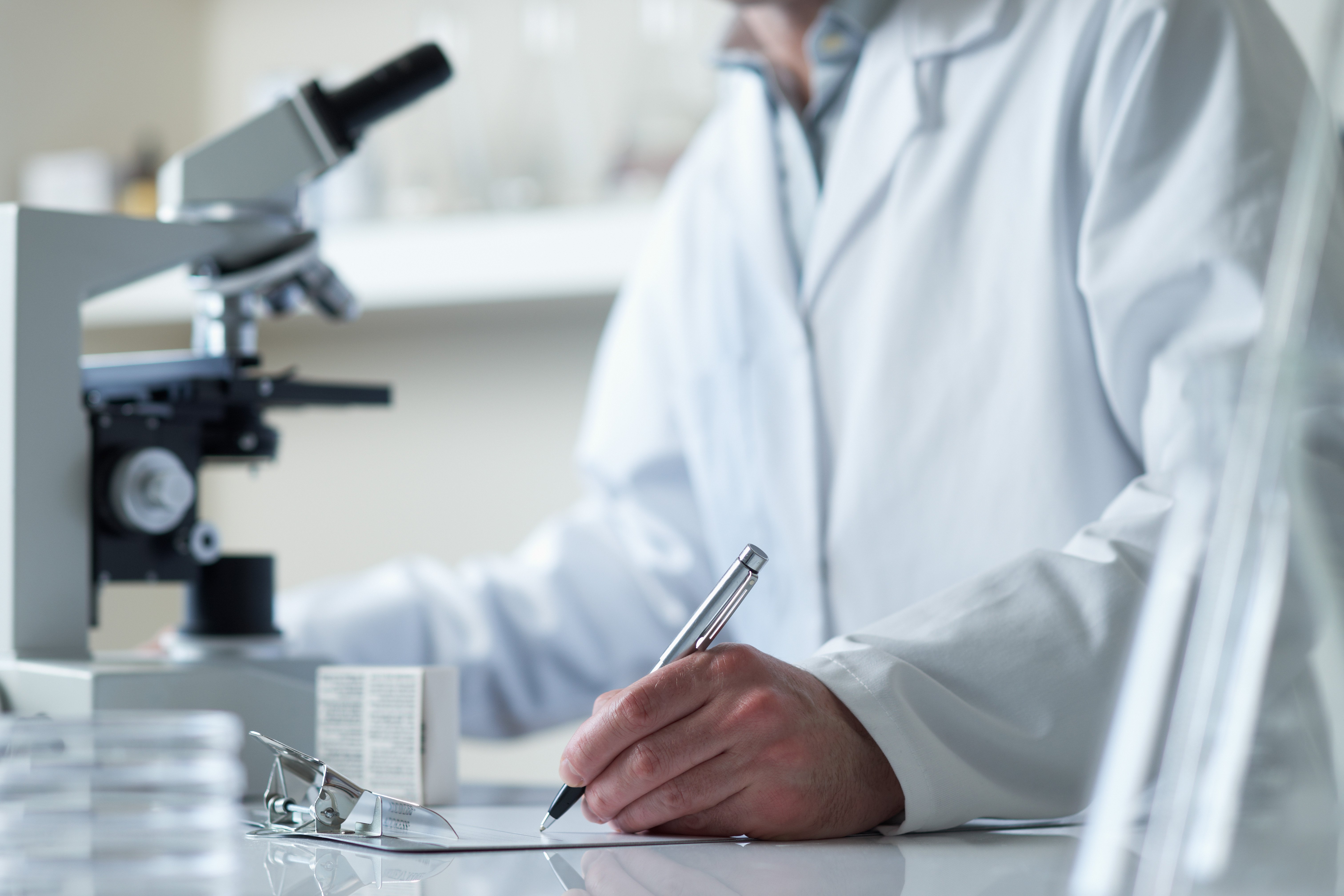
Quality research samples are the bedrock of scientific investigations in the pharmaceutical and biotech industry. Whether you're exploring new drugs, uncovering biomarkers, or studying disease mechanisms, the reliability and integrity of your samples are paramount. Here’s an outline of the ten essential steps for obtaining top-notch research samples that meet the stringent standards demanded by researchers in these fields.
- Define Your Research Objectives
Start by clearly defining your research goals. Understanding what you aim to achieve will guide your sampling strategy. Whether it's identifying specific biomarkers or studying disease progression, having a well-defined objective is crucial.
- Select Your Sampling Method
Consider the most appropriate sampling method for your research. Depending on your objectives, you might choose methods such as tissue biopsies, blood draws, or cell cultures. Ensure that your chosen method aligns with your research goals and ethical considerations.
- Obtain Ethical Approval and Informed Consent
If your research involves human subjects, seek ethical approval from the appropriate review board. Ensure that all participants provide informed consent, outlining the purpose of the study, potential risks, and benefits, or that an appropriate waiver of consent has been obtained. Ethical considerations are important in research involving human subjects.
- Establish Stringent Sample Handling Protocols
Implement rigorous sample handling protocols to minimize variability and contamination. These protocols should cover collection, transportation, and storage procedures. Adhering to best practices will help maintain sample integrity.
- Train Personnel
Ensure that all personnel involved in sample collection and handling are well-trained. Proper training reduces the risk of errors and ensures that samples are collected consistently and accurately.
- Standardize Documentation
Develop a standardized system for documenting sample information. Record details such as patient demographics, medical history, collection date and time, and handling instructions. A well-maintained sample database is indispensable for future analysis.
- Monitor Sample Quality
Regularly monitor sample quality by conducting quality control checks. Assess factors like sample volume, temperature, and storage conditions. Any deviations from established standards should be addressed promptly. Depending upon the sample type and research uses, histopathological verifications and biochemical evaluations, such as RNA Integrity Numbers, may be required.
- Implement Chain of Custody Procedures
Maintain a chain of custody for your samples. Document the handling and transfer of samples from collection to analysis. A clear chain of custody ensures sample traceability and accountability.
- Ensure Compliance with Regulations
Familiarize yourself with relevant regulations governing sample collection and handling in your region. These vary from region to region, and it is important that sample providers are in compliance with local regulations.
- Collaborate with Reputable Providers
When outsourcing sample collection or acquisition, collaborate with reputable providers. Ensure that they adhere to stringent quality standards and ethical practices. Reliable providers are valuable partners in obtaining high-quality samples.
The pursuit of excellence in scientific research begins with the acquisition of quality research samples. By following these ten essential steps, researchers in the pharmaceutical and biotech industry can ensure that their samples meet the highest standards of reliability and integrity. Whether you're embarking on drug discovery, biomarker identification, or disease mechanism exploration, the quality of your samples will lay the foundation for the success of your research endeavors.





